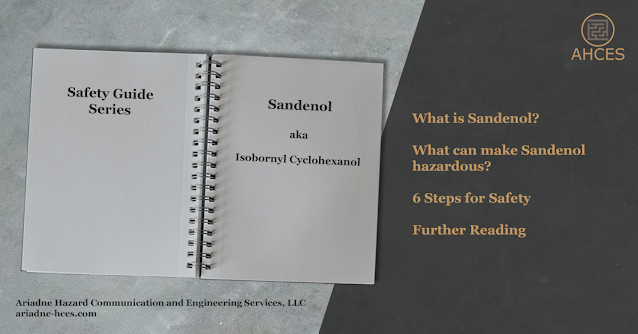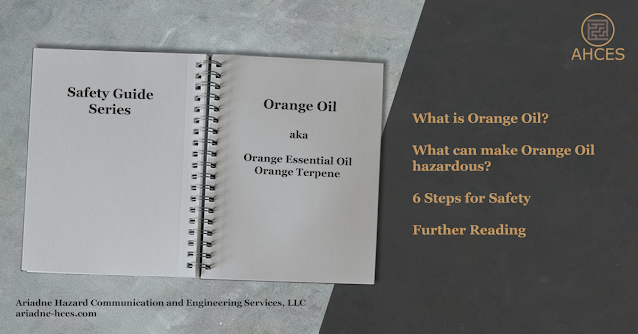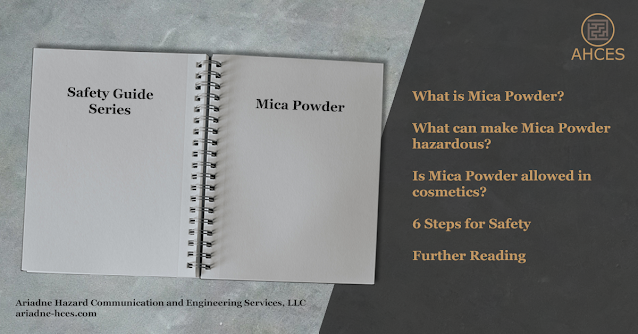Sandenol Safety Guide
What is Sandenol?
Sandenol is an organic compound, also known as isobornyl cyclohexanol or 3-[5,5,6-Trimethylbicyclo[2.2.1]hept-2-yl]cyclohexan-1-ol. Sandenol is used as a synthetic sandalwood fragrance, which is beneficial as sandalwood trees have suffered from historical overharvesting.
Sandenol has the CAS Number 3407-42-9.
The CAS Number is used to identify sandenol as an ingredient on safety data sheets (SDS) and other safety documentation. When looking for sandenol as an ingredient in products like artificial sandalwood fragrance, look for the CAS Number in the composition table.
Notable Properties of Sandenol
Pure sandenol is a colorless to pale yellow liquid. It smells very similar to natural sandalwood oil and is used as synthetic substitute.
What Makes Sandenol Hazardous?
Sandenol is irritating to the skin and eyes.
Sandenol is also toxic to aquatic life and can have long-lasting effects on the aquatic environment.
Sandenol Frequently Asked Questions
How can you tell the difference between natural and synthetic sandalwood oil?
Natural sandalwood oil is derived from the steam distillation of sandalwood tree heartwood. It contains many different compounds, including the sesquiterpenic alcohols tricyclic α-santalol and β-santalol.
Synthetic sandalwood oils mainly contain one primary scent compound. These artificial replicants include sandenol, sandaxol, osyrol, and sandalore. Due to synthetic sandalwood scents typically containing one compound providing the scent, they are often described as "flatter" or lacking in complexity.
It is important to note that many species of sandalwood tree have suffered from historical overharvesting, with many being endangered in their natural habitats, so synthetic sandalwood oils are often both cheaper and more environmentally friendly than natural sandalwood oils.
6 Steps for Safety
Step 1: Read the Warnings
When working with a product for the first time, always read all the safety documents first. This includes safety data sheets, which should be provided by the manufacturer or importer of the sandenol product. There may also be an OSHA chemical label or a Consumer Protection label on the packaging of the sandenol product. These documents all contain important information on the hazards of the product and instructions on how to mitigate those hazards.
Step 2: Prepare Your Workspace
Creating a safe workspace, sometimes referred to as engineering control, is a key component of working safely with any potentially hazardous substance.
Sandenol is a liquid in its pure form, which means it can easily flow when spilled, as well as seep into surfaces. It is also an environmental hazard, so spills need to be quickly contained to prevent release into the environment. Therefore, it is important to have a spill kit available with absorbent material to soak up and capture any spilled sandenol.
Step 3: Gather Your PPE
For sandenol, you will need the following PPE.
- Eye Protection
- Safety goggles, with a sealing surface around the eye, will prevent any liquid splashes from reaching the eyes and causing irritation.
- Disposable Gloves
- Basic disposable gloves will prevent sandenol from touching the skin on the hands and causing irritation.
- Rubberized Apron
- A rubberized apron, or another body covering that prevents sandenol from soaking into clothing, is best to prevent skin exposure.
Step 4: Clear Your Workspace
Having a clear workspace is important for safety as it can prevent accidents caused by tripping, as well as allowing you to easily spot any spills.
This is also a good time to ensure all engineering controls are functional. When working with large quantities of sandenol, it is good to have a spill kit on hand to contain liquid spills. Having materials such as activated carbon on hand can also be useful in the event of a large spill to help neutralize odors.
Step 5: Do The Work
If engineering controls and PPE are used properly, working with sandenol can be done safely.
If work cannot be completed in one sitting, be sure to properly seal any sandenol containers to prevent spills or accidental release when not in use.
Step 6: Clean Up
Sandenol may leave residue from any drips or small spills. Clean up sandenol with an absorbent material, such as sawdust, which can then be swept up.
Do not wash sandenol down the drain, as it is toxic to aquatic organisms.
Be sure to dispose of any waste in accordance with local regulations.
Further Reading
The National Library of Medicine has a PubChem Sandenol Summary.
Check out the Safety Guide Series Hub for more safety guides.
Sources Cited
Forest Products Commission of Western Australia (2006, March 26). Preliminary oil results from a 14-year-old Indian Sandalwood (Santalum album) plantation at Kununurra, WA. Forest Products Commission. Retrieved March 4, 2024, from http://www.fpc.wa.gov.au/content_migration/about_us/media/releases/20060328B.aspx
International Fragrance Association (n.d.). The IFRA Transparency List. IFRA Fragrance. Retrieved March 4, 2024, from https://ifrafragrance.org/priorities/ingredients/ifra-transparency-list
National Center for Biotechnology Information (2024). PubChem Compound Summary for CID 103005, 3-[5,5,6-Trimethylbicyclo[2.2.1]hept-2-yl]cyclohexan-1-ol. Retrieved March 4, 2024 from https://pubchem.ncbi.nlm.nih.gov/compound/Isobornyl-cyclohexanol.





Comments
Post a Comment